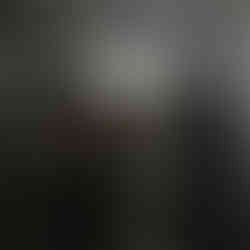E:SCOPE at "Through Other Eye" NeMe with curator James Bridle
- Nina Sumarac Jablonsky

- Sep 6, 2019
- 2 min read
Updated: May 1, 2022

By exploring how these relations disrupt assumptions of artistic control, the question of intentionality in the creation of visual outcomes is now open to further discussion. The role of non-human actors in the creative process establishes how objects exert agency in a similar manner to humans and in many cases introduce spontaneous and unexpected results which may be viewed as a legitimate form of aesthetic expression. Recalling Heidegger’s discussion of responsibility and indebtedness in techne as poiesis,1 it perhaps follows that these current aesthetic dynamics can be understood as mechanisms of a system comprised of individuals intricately collaborating with machines, each with their respective complex self organising properties.
NeMe considers Through Machine Eyes, an innovatory and most relevant contribution to the contemporary cultural environment as it explores broader questions on the nature of technology. The proposed works for this exhibition take us out of our expected and systematic interactions with technology. Within this context, these artworks become a catalyst that encourages us to re-imagine both the positive and negative role and function technology has within our lives more broadly but also specifically within the sphere of aesthetics, cultural production and authorship.
The program of Through Machine Eyes consisted of open workshops, an exhibition, and a seminar with James Bridle, Bryony Dunne, and Eva Koch.

But just as Vertov promised, these new eyes also give us access to the world we already know in new ways, and give artists the tools with which to recast our understanding of it. They might also, if we are open to them, offer us visions of unexpected insight, and startling beauty." https://www.neme.org/projects/through-other-eyes































Comments